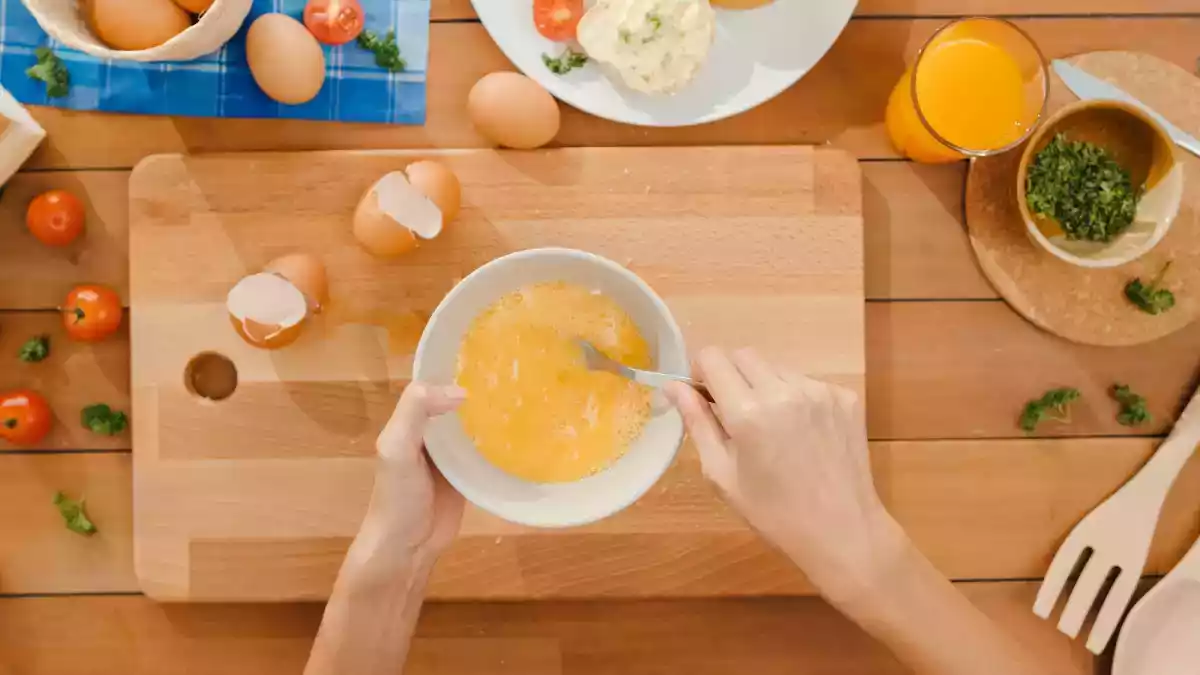Grandma's technique for beating eggs works better than you think

Have you ever wondered why, in some recipes, it is recommended to beat eggs with a fork - even when you have a nice whisk at home? The choice of utensil seems simple, but it can directly influence the texture and final result of dishes such as omelettes, pancakes and even delicate cakes.
Spoiler: more foam is not always better. Shall we understand why?
Fork vs. whisk: what's the difference in practice?
Beating eggs with a fork is a gentler technique, with controlled movements that:
- Mix yolk and white evenly,
- But without incorporating too much air into the mixture.
The whisk, on the other hand, is ideal for incorporating a lot of air, creating an aerated mixture - great for egg whites or whipped cream, but not always ideal for whole eggs, depending on the recipe.
Why choose a fork?
1. Prevents excess foam
In recipes such as omelettes, pancakes or scrambled eggs, excess air can form bubbles that hinder the creamy texture. The fork provides homogeneity without excessive foam.
2. More control
The fork allows you to beat slowly and feel the consistency. In sauces, creams and delicate pastas, this control makes a difference.
3. Less utensil, less mess
The fork is practical, eliminates the need to wash large utensils and works well straight into the plate or bowl.
When to use a fork?
- To beat whole eggs before incorporating into doughs
- In recipes that require a uniform and controlled texture, such as:
- Creamy scrambled eggs
- Fluffy but firm omelettes
- Delicate pancakes or crepes
- Low-temperature frying preparations
When to use a whisk?
- For whipping egg whites
- To mix batters that require aeration, such as light cakes
- To emulsify sauces (such as mayonnaise or vinaigrettes)
- When air incorporation is desired
Bonus curiosity
Classic French chefs often prefer the fork for scrambled eggs because they believe it keeps the preparation more "natural", without artificially inflating the mixture. The final texture is richer, denser and more buttery - just as it should be.
Now that you know
Not every kitchen trick requires special equipment. Sometimes the secret lies in simplicity. Choosing a fork over a whisk is a technical and intentional decision - not an improvisation.
The next time you beat eggs, think about the result you want: light and airy, or creamy and uniform? Your fork may be more powerful than you think.
 Mirella Mendonça
Mirella Mendonça
Comments